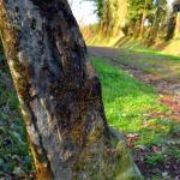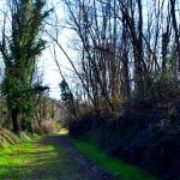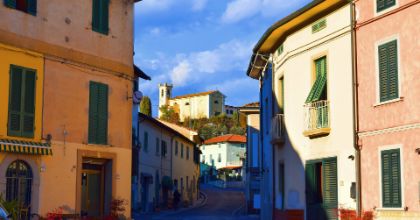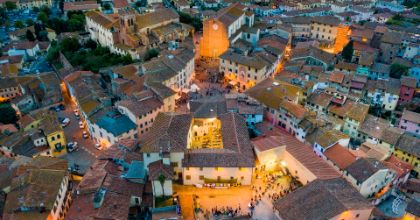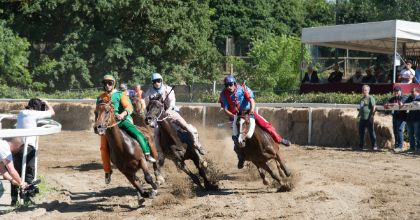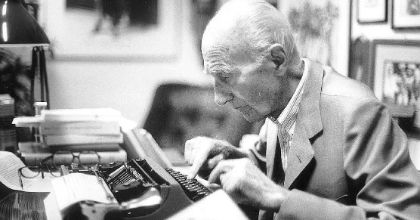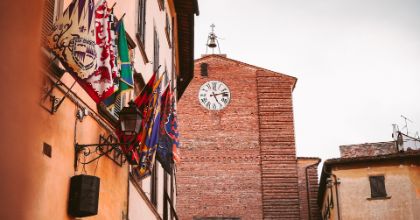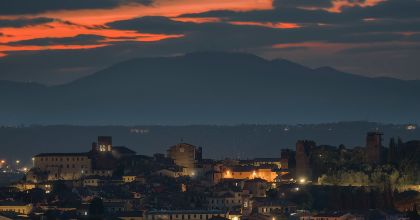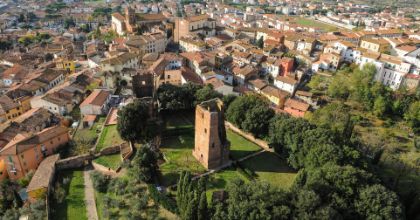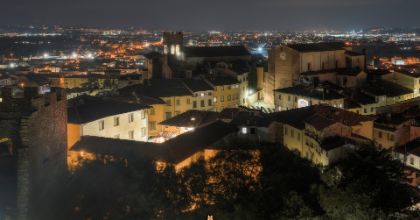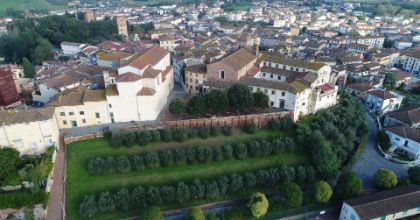Over time, the Francigena grew in importance, becoming also the hub of intense trade and commerce, as well as being used by numerous armies in their movements. Fucecchio, who owes this pilgrimage route part of its first development, was part of that part of the route that, after touching Lucca and Altopascio, went into the woods of Cerbaie and passed the Arno to continue, then, in the direction of Siena and the territories of Lazio.
In Sigerico’s handwritten notes on the crossing of the Arno, there are both "Arne Blanca" and "Aqua Nigra", respectively stages 23 and 24 of the return journey to England: they refer to today’s Fucecchio and the passage to Ponte a Cappiano. More precise information can be found in the introductory text of the museum network of the Valdarno di sotto, where we read:
For the crossing of the Valdarno the Via Francigena, left the hospitable center of Altopascio, went into the woods of the hills of Cerbaie, the only possible path to avoid the wet areas of the marshes of Bientina to the west, and that of Fucecchio to the east. In a barycentric position in the Cerbaie, Galleno, mentioned by Philip Augustus of France on his return from the Third Crusade (1191), was a point of support to the road. Further south, the route passed by the small hospitals of Santa Trinita di Cerbaia (founded in the twelfth century) and Malatia, known from the thirteenth century. From this point two lines are distinguishable, an older one that crossed the river Usciana in Cappiano, perhaps the Arno Nero mentioned by the abbot of Thingor (1151-1154) and by Philip of France. He then travelled along the plain, along a road that probably originated from the Augustan agricultural settlements, and not by chance established as a boundary between the communities of Fucecchio and Santa Croce. Later, at the end of the thirteenth century, this route was modified by splitting it into two trunks: one straight towards Fucecchio, the other towards the bridge of Rosaiolo sull'Usciana. In any case, you then reached the Arno Pass controlled by the castle of Cadolin Salamarzana, origin of the town of Fucecchio. The next route had to go towards the current location Roffia and then reach the village of Vico Vallari (San Genesio), mentioned by Sigerico (990-994) and Filippo Augusto (1191), and then forward into the Valdelsa.
Today, this ancient pilgrimage route can be travelled on foot, by car, by bike or on horseback: only in Tuscany there are about 380 kilometers of track that crosses 39 municipalities, and that allow you to rediscover beautiful landscapes and villages rich in history and culture.
Just in the hamlet of Galleno, a 45 km tourist cycle route has been inaugurated that crosses the municipalities of the center south (Fucecchio, Santa Croce sull'Arno, Castelfranco di Sotto, San Miniato, Castelfiorentino, Montaione and Gambassi Terme)The journey in the heart of Tuscany continues.
The alternative trails of the 29th stage of the Via Francigena
In March 2021, the European Association of Vie Francigene approved the alternative route to stage 29 of the Via Francigena, which affects the municipalities of Altopascio, Fucecchio and Ponte Buggianese and brings pilgrims to know the extraordinary natural areas of this territory.
The route starts from Altopascio passing through the nature reserve of Lake Sibolla and continues on embankments and country roads to get to the Dogana del Capannone (Ponte Buggianese) from where, along the Padule di Fucecchio, you reach the Medici bridge of Ponte a Cappiano (Fucecchio).
The variant Altopascio-Ponte Buggianese-Fucecchio is also the only one on the route of the Via Francigena to offer, compatibly with water levels, the opportunity to walk a part of the track on the characteristic boats of the Padule.
Discover the stories inspired by the regional stages of Francigena on the portal of Toscana Ovunque Bella.
